A panic attack can feel overwhelming and terrifying. It often strikes without warning, causing intense physical and emotional symptoms. If you’ve ever experienced one, knowing how to stop a panic attack can be a crucial tool for regaining control. This blog will explore what causes panic attacks, effective treatments, and essential dos and don’ts for managing them.
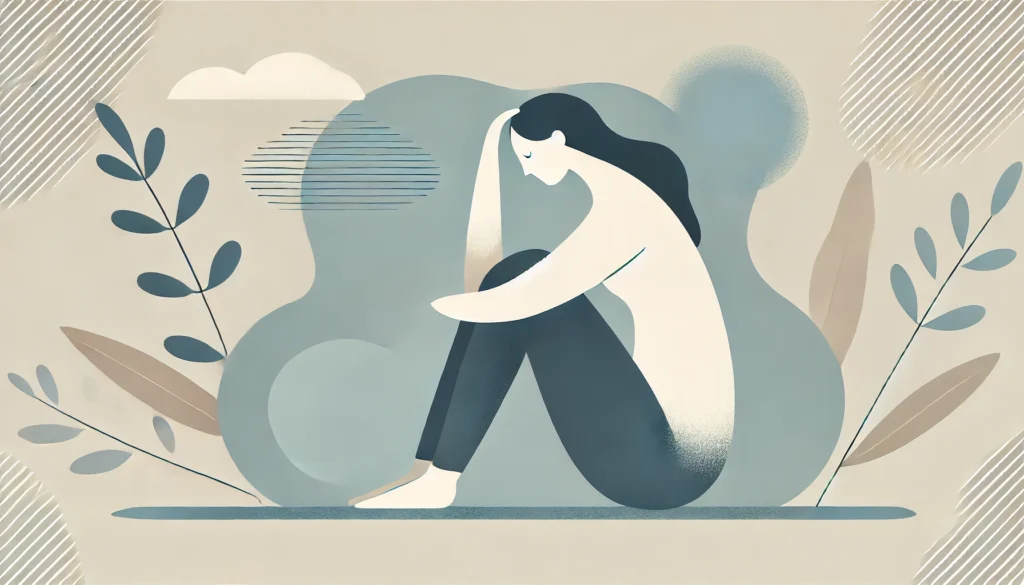
What Causes Panic Attacks?
A panic attack is a sudden rush of overwhelming fear or discomfort that can cause intense physical reactions, even when there’s no real danger. It can feel alarming and confusing, especially if it happens out of the blue. Knowing what might trigger these attacks can be a helpful first step toward managing and reducing them.
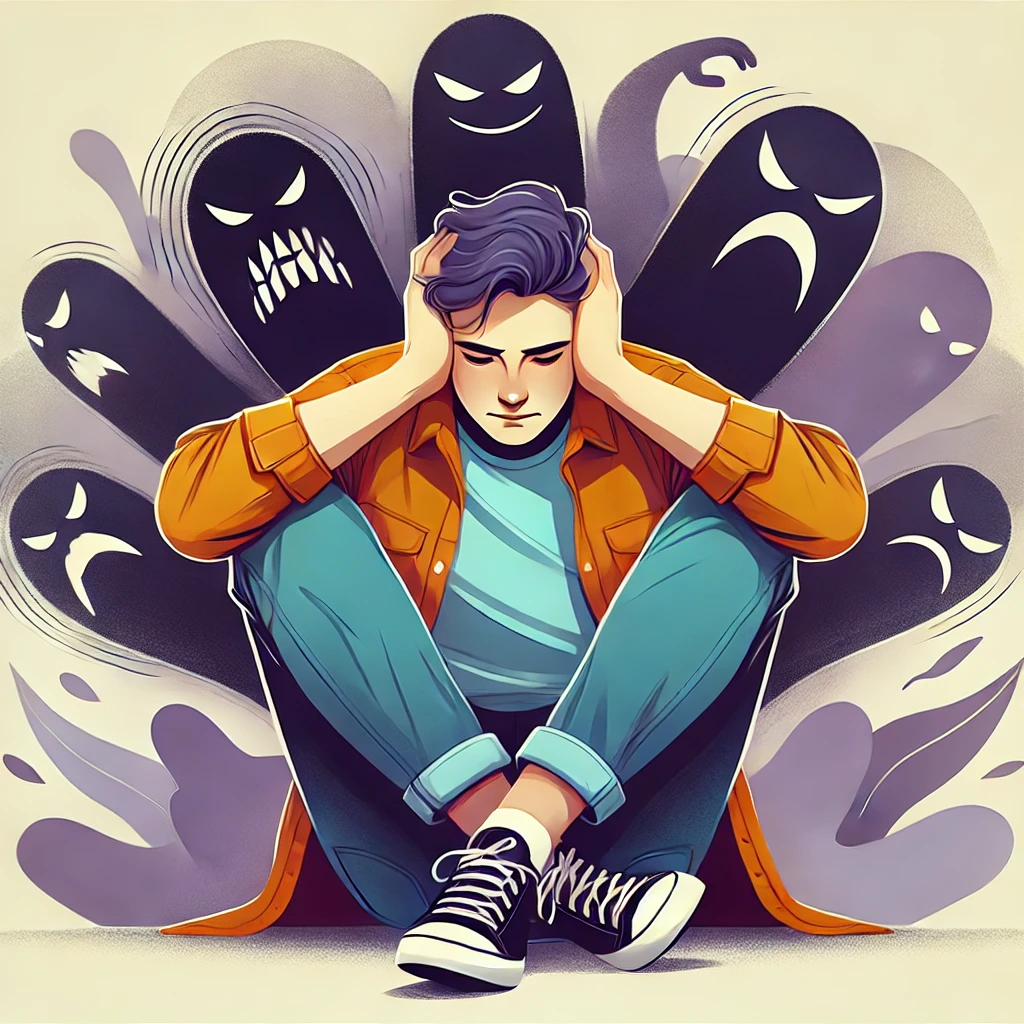
1. Stress and Anxiety Disorders:
Chronic stress and anxiety are major contributors to panic attacks. Those with generalized anxiety disorder (GAD) or social anxiety often experience these episodes when life feels too overwhelming.
2. Genetics:
Genetics can also play a role. If anxiety or panic disorders run in your family, you might be more likely to experience them.
3. Chemical Imbalances:
Chemical imbalances in the brain, particularly involving neurotransmitters like serotonin, GABA, or dopamine, can make someone more vulnerable to panic attacks.
4. Traumatic Experiences:
Experiencing trauma, whether from accidents or emotional abuse, can leave lasting effects, with certain triggers bringing back those distressing memories and causing panic attacks.
5. Medical Conditions:
Some medical conditions, such as thyroid problems, heart disease, or respiratory issues, may either mimic or prompt panic attack symptoms, making it harder to distinguish between them.
6. Substance Abuse or Withdrawal:
Additionally, using stimulants like caffeine or drugs, or going through withdrawal from substances like alcohol, can also provoke panic attacks.
Symptoms of a Panic Attack
Panic attacks often come out of nowhere and can feel like a heart attack, leaving many wondering how to stop a panic attack effectively. Common symptoms include a racing heart, chest pain, shortness of breath, dizziness, and a sense of impending doom.
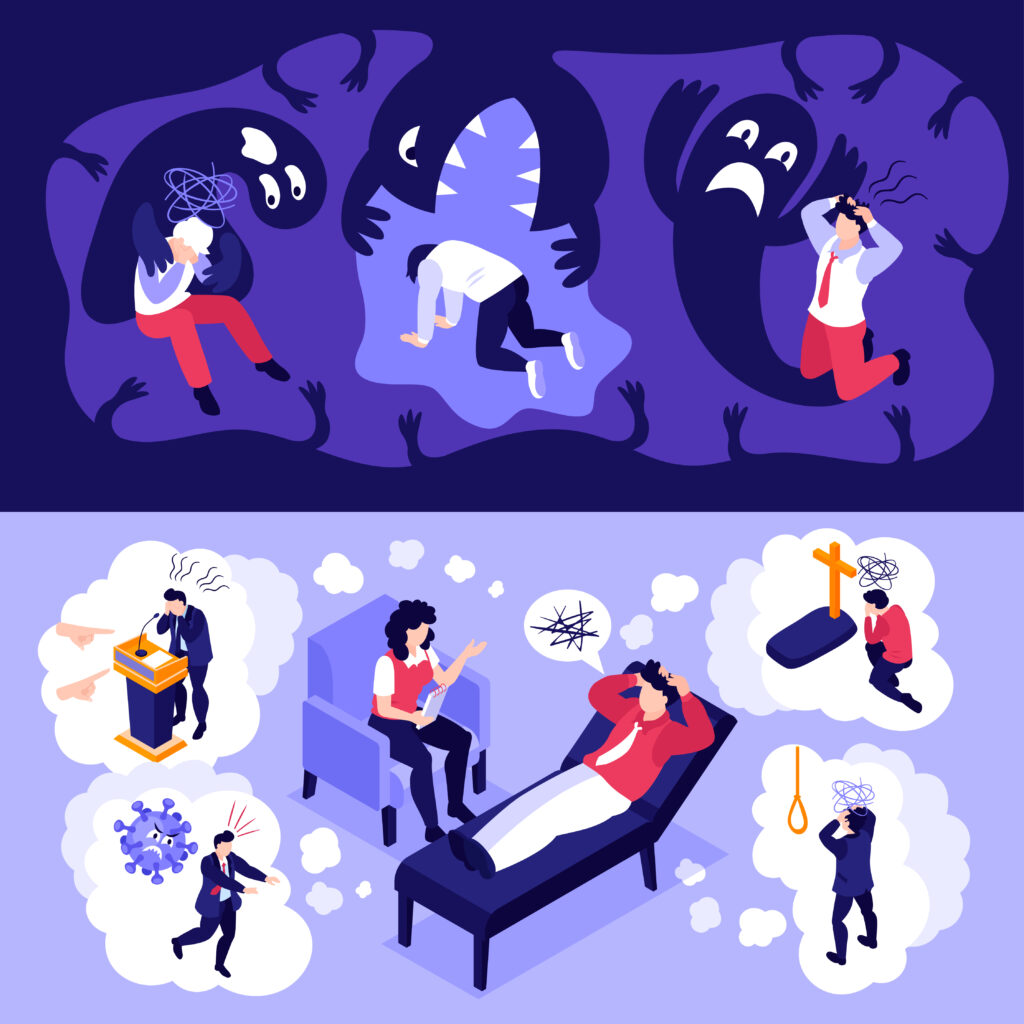
- Racing heartbeat or palpitations
- Sweating or chills
- Shortness of breath
- Chest pain or discomfort
- Dizziness or lightheadedness
- Fear of losing control or dying
- Nausea
- Tingling sensations (paresthesia)
These symptoms can peak within minutes and last for 10 to 30 minutes, though some residual effects may linger longer.
How to Stop a Panic Attack: Effective Strategies
Learning how to stop a panic attack in the moment is crucial for those who experience them regularly. Here are some effective strategies:
1. Deep Breathing:
Slow, deep breaths can activate the parasympathetic nervous system, which helps reduce panic symptoms. Try this pattern: inhale through your nose for 4 seconds, hold your breath for 4 seconds, and exhale slowly for 6 seconds.
2. Grounding Techniques:
Focus on your surroundings by identifying 5 things you see, 4 things you can touch, 3 things you can hear, 2 things you can smell, and 1 thing you can taste. This technique anchors you in the present moment.
3. Reassure Yourself:
Remind yourself that you’re safe and that the panic will pass. Repeating phrases like, “This is temporary,” or “I’ve gotten through this before, and I’ll be okay,” can provide reassurance.
4. Muscle Relaxation Techniques:
Tense and release different muscle groups, one by one. This method helps ease physical tension and brings a sense of calm.
5. Use a Mantra or Count:
Use a mantra or engage in counting, such as counting backward from 100, to distract yourself from anxious thoughts.
6. Get Moving:
Activities like walking and running can burn off excess adrenaline and release endorphins, naturally helping you relax.
7. Cold Sensation Therapy:
Splashing cold water on your face or holding an ice pack against your skin can trigger the diving reflex, which slows your heart rate and calms your mind.
Treatment Options for Panic Attacks
Addressing the underlying causes of panic attacks is essential for long-term prevention. Understanding how to stop a panic attack often requires a combination of therapy, medication, and lifestyle changes, which can offer significant relief and help reduce future episodes.
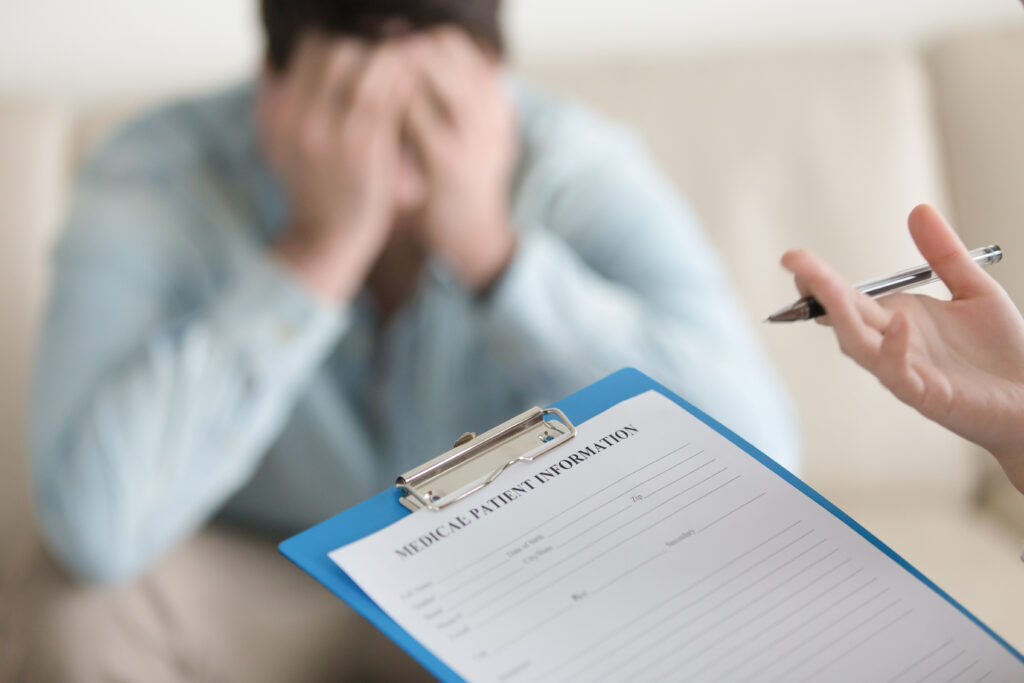
1. Cognitive Behavioral Therapy (CBT):
CBT helps identify the thought patterns that trigger panic attacks and equips you with strategies to manage them effectively.
2. Exposure Therapy:
This approach involves gradually exposing yourself to situations that provoke panic, helping you build tolerance over time and reduce fear responses.
3. Medications:
- SSRIs (Selective Serotonin Reuptake Inhibitors): Commonly prescribed for anxiety disorders and panic attacks to help regulate mood.
- Benzodiazepines: Fast-acting medications that ease panic symptoms, though they are typically used short-term due to their potential for dependence.
- Beta-Blockers: These medications help manage physical symptoms, such as a rapid heartbeat, associated with panic attacks.
4. Lifestyle Changes:
- Exercise regularly: Physical activity reduces anxiety and boosts mood.
- Healthy diet: Avoid stimulants like caffeine and sugar, which can trigger panic.
- Sleep well: Ensure 7-9 hours of quality sleep per night.
- Mindfulness practices: Yoga and meditation can help you stay grounded and prevent panic attacks.
Dos and Don’ts During a Panic Attack
Here are some important tips for managing panic attacks effectively. Knowing how to stop a panic attack involves staying calm, using deep breathing, and practicing grounding exercises.
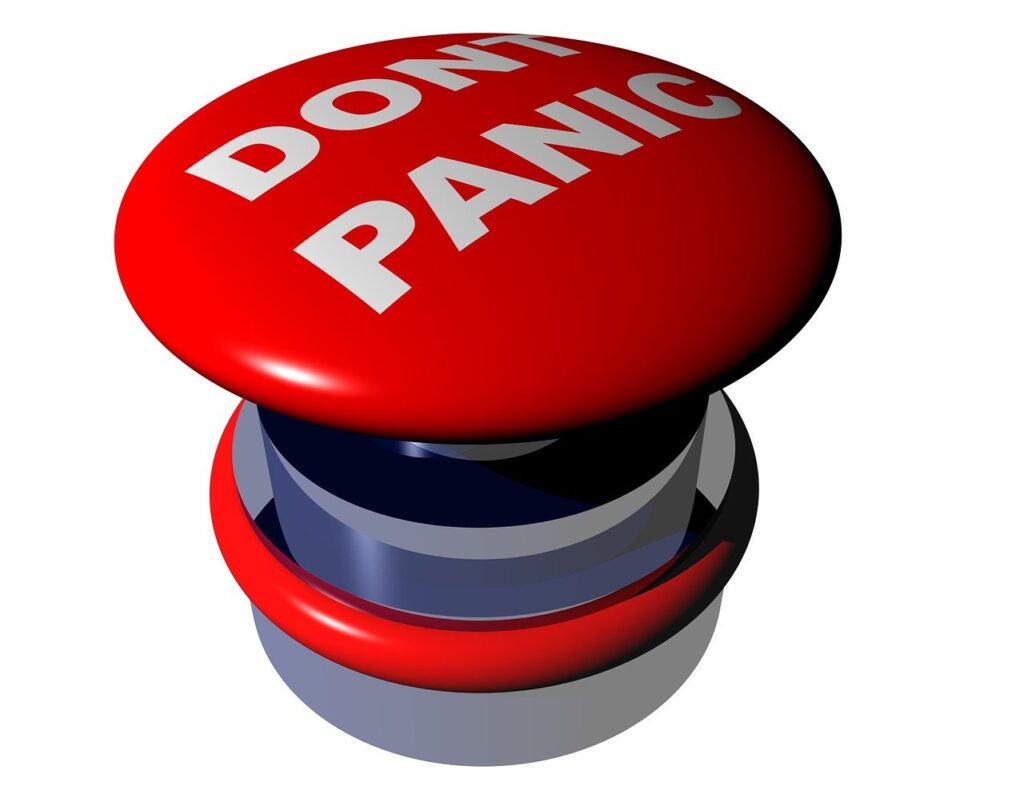
Dos:
1. Do recognize the symptoms:
Knowing that you’re experiencing a panic attack (and not a heart attack) can help you stay calm.
2. Do focus on breathing:
Breathing exercises can help regulate your body’s stress response.
3. Do seek help:
If you have frequent panic attacks, consult a mental health professional.
4. Do track your triggers:
Keeping a journal can help you identify patterns and prevent future attacks.
5. Do stay hydrated and eat well:
Dehydration and low blood sugar can exacerbate anxiety and panic.
Don’ts:
1. Don’t fight the panic:
Accept the feeling and let it pass instead of resisting it. Fighting it can increase fear.
2. Don’t avoid triggers completely:
Avoidance can make the problem worse. Exposure therapy can help reduce fear over time.
3. Don’t self-medicate:
Avoid using alcohol, drugs, or excessive caffeine to cope with panic.
4. Don’t isolate yourself:
Social support can be a great buffer against anxiety.
5. Don’t ignore professional help:
Frequent or intense panic attacks require medical attention.
When to Seek Medical Help
Occasional panic attacks are relatively common, but if they occur frequently or disrupt your daily routine, it could indicate panic disorder. In such cases, it’s important to consult a mental health professional for support and treatment.
You should also visit a doctor if:
- Chest pain persists even after the panic attack ends, as it could signal a more serious health issue.
- Panic attacks interfere with your ability to work, socialize, or enjoy activities you once found fulfilling.
- You begin using substances like alcohol or drugs to cope, which can worsen your condition and create additional challenges.
Conclusion
Knowing how to stop a panic attack can empower you to regain control during moments of intense fear. The first steps toward effective management are understanding the underlying causes and recognizing the symptoms early. Incorporating practices like deep breathing, grounding techniques, and muscle relaxation into your daily routine can help reduce the chances of future attacks.
If panic attacks become frequent, seeking professional support through therapy or medication can provide long-term relief. Remember to stay proactive, reach out for help when needed, and know that while panic attacks can feel overwhelming, they are treatable.
By applying the dos and don’ts shared here, you’ll feel more prepared to manage panic attacks and prevent them from interfering with your daily life.
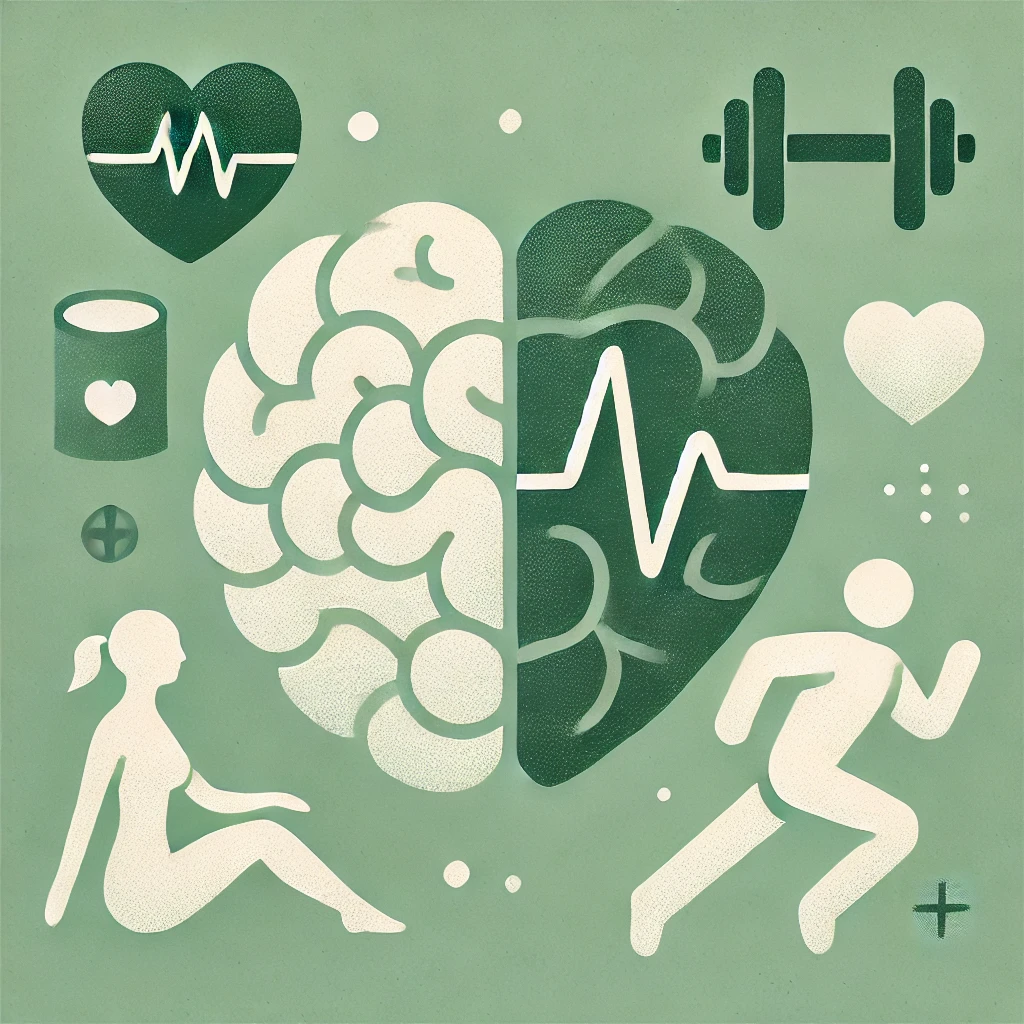

1 thought on “How to Stop a Panic Attack: Causes, Treatment, and Helpful Tips”